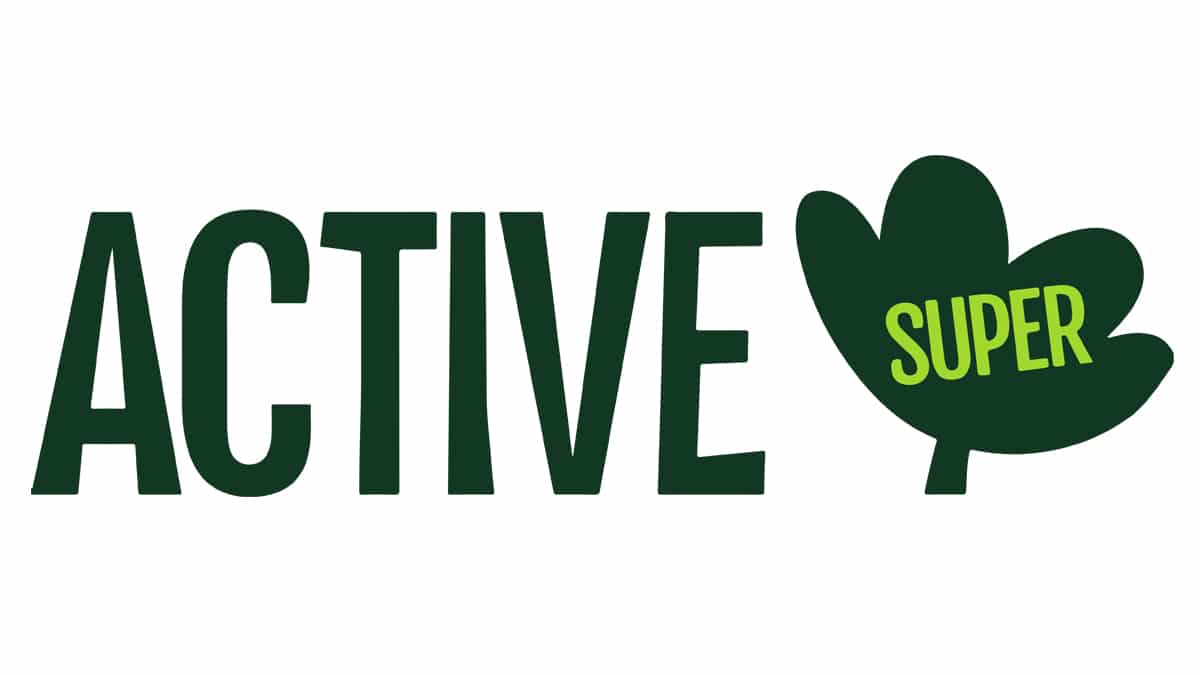Partner article
Super has undergone a raft of changes this year as a part of continual moves to make the industry more transparent and accountable. One of these changes is ‘stapling’ which took effect on 1 November.
Designed to reduce duplicate super accounts, most working Australians will now be linked (or ‘stapled) to a single account that will follow them whenever they start a new job, unless they actively choose a different fund. With only one super account to manage, many Australians will save on multiple fees (and in some cases, multiple insurance premiums too), leaving them with more money in their super for retirement. Treasury has estimated stapling will result in $2.8 billion in savings over 10 years.
While most employers already have new stapling processes in place, it’s worth recapping the changes and your obligations under the new regulations.
The new process
Even with the introduction of stapling, it’s important to remember that an employee can choose their own super fund at any time. An individual’s choice of fund overrides stapling.
That being said, stapling does change the process when onboarding new employees. Most employers will need to do the following:
- Firstly, employers need to ask any new starter if they would like to choose their super fund, which could be their existing fund, a new fund, or it could even be the employer’s selected default fund. If so, new starters will need to provide a completed Super Choice form instructing their employer where to pay their super contributions.
- If a new starter doesn’t choose a fund, employers will need to request their stapled fund details through the ATO’s online system and pay future super contributions into the stapled fund (if any) identified by the ATO.
- If the new employee doesn’t choose a fund and the ATO confirms that no stapled fund exists (e.g. it’s their first job or they’re migrant workers without a super fund) employers must open a super account for them with the default fund and make super contributions into this fund.
Note: There are specific rules for certain industrial instruments (such as State industrial instruments), and the choice and stapling rules may not apply to your employees. You should seek legal advice about the super guarantee rules that apply to your workplace if you’re unsure.
When employers DON’T need to check with the ATO
An employee’s choice will always override stapling, so if a new employee chooses their own fund and provides a valid Super Choice form, employers do NOT need to verify that person’s stapling details with the ATO. However, a copy of their Super Choice form must be kept on file.
What counts as a stapled fund?
If an employee has multiple funds, the ATO will look at various factors to determine the stapled fund. In order of priority, these ‘tie-breaker’ factors are:
- The most recently created account.
- The fund that received the most recent contributions.
- The fund with the largest account balance.
As an employer, you do not have to determine the stapled fund. The ATO will do that for you.
What if an employee doesn’t like their stapled fund?
Any employee can choose a different fund at any time, simply by providing you, their employer, with a Super Choice form.
Bulk stapling requests
Currently, stapling requests to the ATO must be made on an individual basis. If you have over 100 new starters (to cover seasonal work or a special project for example), you can make bulk stapling requests to the ATO. These processes continue to improve and evolve, so check the ATO website for details.
A good time for a super check
The introduction of stapling makes it a good time for any working Australian to consider if they’re with the right super fund. After all, when potentially committing to one fund for your working life, you want to make sure it’s a good one.
Three things your employees might like to consider about their super are:
- Is their super performing?
What kind of returns is their super delivering? Did their fund pass the Federal Government’s MySuper performance test last year? (13 well-known super funds failed.) How does their super fund compare on the ATO’s YourSuper comparison tool at yoursuper.gov.au? - Are they paying too much in fees?
Even small differences in fees and costs can make a difference to super long-term. Everyone should be aware of how much they’re paying. - How is their super invested?
What kinds of things is their super invested in? If your employees are concerned about the impact of their investments on society and the world, they should look for super funds that are investing responsibly.
About Active Super
Recognised as one of Australia’s top-performing super funds*, Active Super invests to make a difference to both your financial future and the future of the planet. We manage over $14 billion in assets on behalf of 80,000 members and were recently named a Leader in Responsible Investment by the RIAA**. We’re committed to delivering value for our members and recently reduced our administration fees for the second year in a row.
*Rated in the top-5 super funds for investment performance by Canstar
**Responsible Investment Association Australasia
For more information for employers about stapling, go to activesuper.com.au or visit the ATO website.



